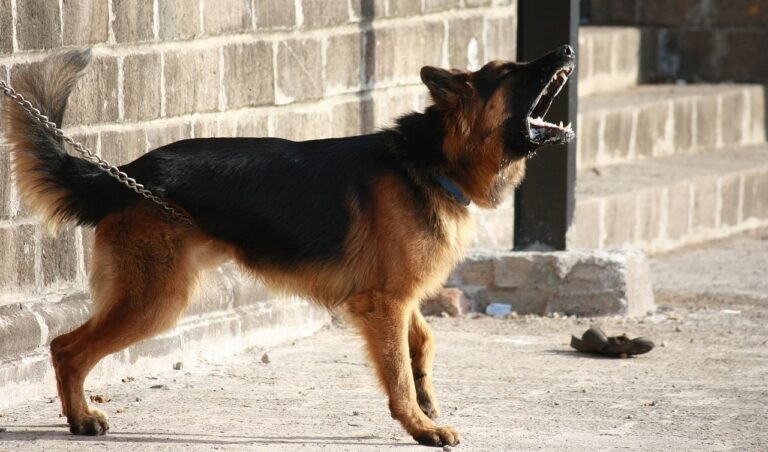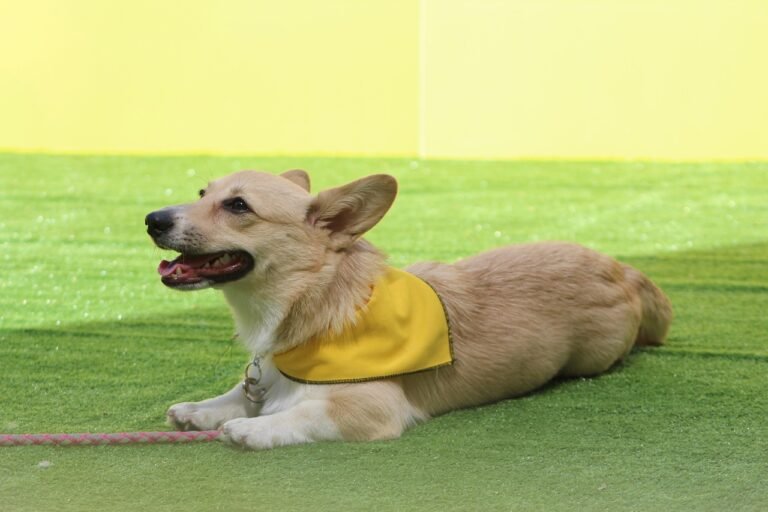Introduction
Ever feel like your dog’s attention disappears the moment you step outside? Suddenly that calm, obedient pup from your living room forgets their name the instant a squirrel, another dog, or an interesting smell appears. If that sounds familiar, you’re not alone. Teaching your dog to focus in busy environments is one of the biggest training challenges—but also one of the most rewarding. With patience, structure, and positive reinforcement, you can help your dog stay calm, confident, and connected, even when the world gets noisy and exciting.
Why Focus Matters
Focus is the foundation of all good training. Without it, commands like “sit,” “stay,” or “come” fall apart under pressure. Dogs naturally follow what grabs their attention—whether that’s movement, smell, or noise. Focus training teaches them that you are the most rewarding thing in any environment. Once your dog learns to tune in to you no matter what’s happening around them, everything else—leash manners, recall, impulse control—becomes easier.
Common Reasons Dogs Lose Focus
- Overstimulation: Too many sights, sounds, and smells overwhelm their senses.
- Undertraining: Commands practiced only indoors don’t generalize to outdoor settings.
- Lack of motivation: Competing rewards (like chasing birds) are more enticing than treats.
- Anxiety or fear: Some dogs disengage because they’re nervous in busy places.
Step 1: Start with the “Look at Me” Cue
Before you can get focus outdoors, you need a strong focus cue indoors. This is the foundation of all attention work.
- Hold a treat near your face and wait for your dog to make eye contact.
- As soon as they look at you, say “yes” or click, then reward.
- Add the cue “look” or “watch me” right before they make eye contact.
- Repeat in short sessions until your dog locks onto you quickly whenever you say the cue.
Once consistent, practice in slightly more distracting places like your yard or driveway.
Step 2: Use the “Find It” Game for Quick Engagement
Some dogs get overwhelmed outdoors. The “find it” game brings their attention back in a simple, fun way:
- Say “find it!” and toss a small treat on the ground near you.
- When your dog finishes eating, repeat with another treat.
- Gradually space out the tosses or use it to redirect from distractions.
This keeps your dog’s brain engaged and associates your voice with fun, rewarding activity.
Step 3: Practice Focus Walks
Transform your walks into focus-building sessions:
- Begin in a quiet area. Keep treats handy.
- Reward your dog every time they make eye contact or walk beside you voluntarily.
- If your dog pulls or gets distracted, stop walking. Wait quietly until they look back, then reward and continue.
This teaches your dog that checking in with you makes the walk continue—pulling or tuning out makes it pause.
Step 4: Use the “Leave It” Cue
“Leave it” is essential for focus in stimulating environments. It means “ignore that and pay attention to me instead.”
- Hold a treat in your closed hand. When your dog stops sniffing or pawing, say “leave it” and reward with a different treat.
- Gradually progress to leaving toys, food on the ground, or other distractions alone.
- Always follow with praise and something even better than what they left.
Eventually, “leave it” becomes a built-in reset cue for focus.
Step 5: Train in Layers of Distraction
To succeed outdoors, your dog needs gradual exposure to increasing levels of distraction. Use the “3 D’s” method:
- Distance: Start far from the distraction (e.g., another dog or playground).
- Duration: Keep focus exercises short—just a few seconds at a time.
- Distraction: Begin with mild distractions before moving to chaotic settings.
Reward heavily at every level before making things harder. Moving too fast can cause setbacks.
Step 6: Make Focus a Game
Dogs learn best through play. Turn attention exercises into interactive games:
- “Name Game”: Say your dog’s name; reward eye contact instantly.
- “Follow the Leader”: Walk in random directions—reward when your dog follows your movements closely.
- “Surprise Recall”: Hide behind a tree or change direction suddenly—reward when your dog finds or returns to you.
These games make focus training dynamic and fun, not repetitive.
Step 7: Build Focus Around Real Distractions
Once your dog can stay attentive in semi-busy environments, introduce real-world distractions strategically:
- Start at a distance from the distraction (like another dog or jogger).
- Ask for a simple cue—like “look,” “sit,” or “touch.”
- Reward for attention, then move away before your dog loses focus.
- Gradually reduce distance over several sessions.
Each success teaches your dog that staying focused around distractions earns rewards—and that ignoring them is no big deal.
Step 8: Teach a “Reset” Cue for Stressful Moments
Sometimes, even well-trained dogs get overwhelmed. A reset cue like “let’s go” or “this way” helps redirect attention calmly. Practice it daily during walks—say the cue, turn, and reward when your dog follows. This becomes your go-to move when distractions are too much.
Step 9: Reinforce Calmness, Not Just Attention
Focus training isn’t just about eye contact—it’s about emotional control. Reward relaxed postures, slower breathing, and loose body language. Over time, your dog learns that calmness itself is rewarding, not just treats.
Advanced Tip: Use Variable Rewards
Once your dog is consistently attentive, mix up the rewards to keep motivation high. Sometimes give a treat, other times a toy, verbal praise, or even a quick game. This unpredictability keeps focus exciting and strengthens long-term reliability.
Common Mistakes to Avoid
- Training only in easy settings: Dogs need exposure to real-life challenges.
- Using the same reward every time: Variety maintains interest.
- Overusing cues: Repeating “look” too often can dull its effect—wait for success before rewarding.
- Getting frustrated: Stay patient. Dogs sense tension, which breaks focus faster than distractions.
Why Focus Training Strengthens Your Bond
Focus isn’t just obedience—it’s connection. When your dog chooses to pay attention to you amid chaos, it’s a sign of trust and teamwork. These moments of connection make training more rewarding for both of you and lay the groundwork for a lifetime of cooperation and confidence.
Conclusion
Teaching focus in busy environments takes time, but the payoff is huge. You’ll enjoy stress-free walks, reliable responses, and a deeper bond with your dog. Start small, reward generously, and celebrate every moment your dog chooses you over distractions. Soon, you’ll have a calm, confident companion who listens anywhere—because they’ve learned that their favorite thing in the world isn’t the squirrel, the smell, or the noise—it’s you.






